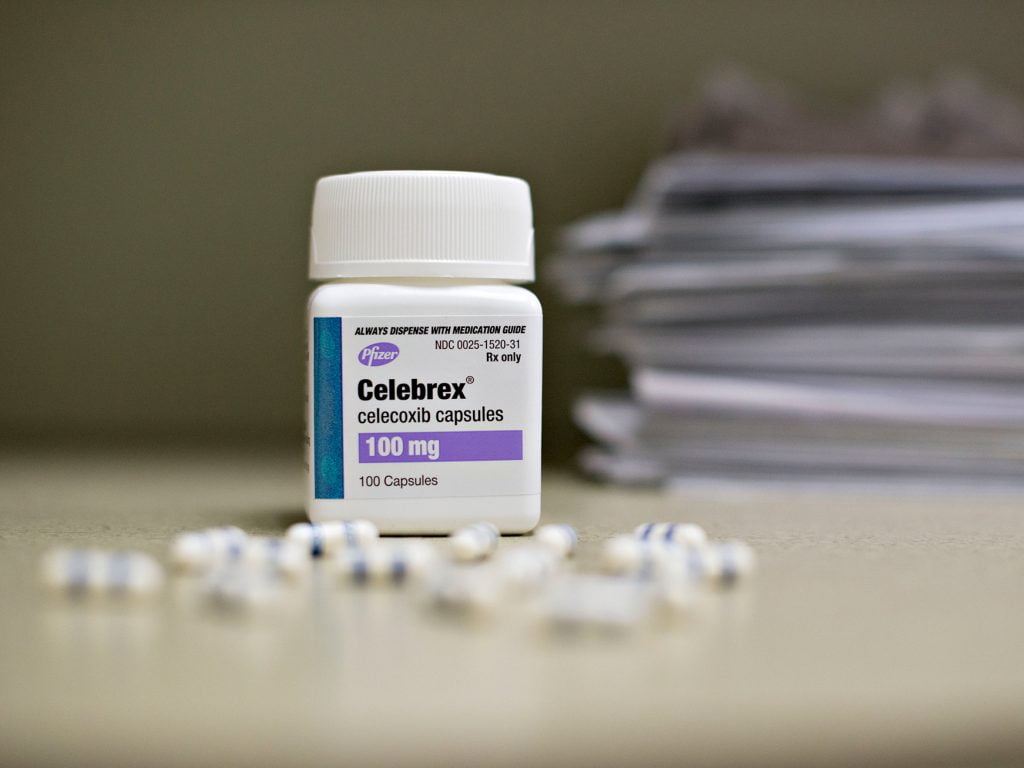Administering insulin correctly is crucial for effective diabetes management. Understanding how to read an insulin syringe ensures you or your loved ones receive the correct dosage. This comprehensive guide will help you navigate the different insulin syringe sizes, needle gauges, and units to milliliters conversion.
Understanding Insulin Syringe Sizes
Insulin syringes come in various sizes, and choosing the right one depends on the prescribed dose of insulin. Here are the common sizes:
- 0.3 ml syringes: Suitable for doses under 30 units of insulin.
- 0.5 ml syringes: Ideal for doses between 30 to 50 units of insulin.
- 1.0 ml syringes: Best for doses above 50 units of insulin.
Knowing these sizes helps ensure accurate dosing and minimal discomfort during injections.
Insulin Syringe Needle Sizes
Insulin syringes also vary by needle size, measured in both gauge (thickness) and length. Common needle sizes include:
- Gauge: 28 to 31 gauge needles are commonly used. A higher gauge number means a thinner needle.
- Length: Needle lengths typically range from 4 mm to 12.7 mm. Shorter needles (4-6 mm) are generally more comfortable and are effective for most people.
Refer to an insulin syringe needle sizes chart for detailed information on available options.
How to Read an Insulin Syringe
Units and Milliliters Conversion
Insulin syringes are marked in units, not milliliters (ml). However, knowing the conversion is essential:
- 1 ml is equal to how many units in insulin syringe?: Typically, 1 ml of U-100 insulin is 100 units.
- 0.25 ml on a 1 ml syringe: This would correspond to 25 units of insulin.
Markings on the Syringe
- Units: Insulin syringes are calibrated in units. For example, a U-100 insulin syringe will have 100 units per ml.
- Reading the scale: Syringes will have lines indicating units. Each small line might represent 1 unit, while larger lines might represent 5 or 10 units.
Examples of Reading an Insulin Syringe
- 2 units of insulin in a syringe: Find the mark corresponding to 2 units on your syringe scale.
- Dosage how to read a syringe: If you need 25 units, locate the 25-unit mark on your U-100 syringe.
Specifics on Needle Gauges and Sizes
Insulin Needle Gauge Size Chart
Needle gauge affects the comfort and ease of insulin administration. A gauge size chart can help you select the appropriate thickness:
- 28 gauge: Thicker needle, often used for those who have difficulty injecting.
- 31 gauge: Thinner needle, more comfortable for most users.
Diabetic Needle Sizes
- 100 unit insulin syringe needle size: Commonly comes in 28 to 31 gauge.
- Diabetic needle sizes: Range from 28 to 31 gauge and 4 mm to 12.7 mm in length.
Practical Tips for Using Insulin Syringes
- Select the right size: Based on your dosage requirements and comfort.
- Check the markings: Ensure you’re familiar with the unit markings on your syringe.
- Use a chart: Refer to an insulin needle gauge size chart for selecting needle size.
- Convert properly: Understand ml to units insulin conversion to avoid dosage errors.
Conclusion
Accurate insulin administration is vital for effective diabetes management. By understanding how to read an insulin syringe and choosing the appropriate insulin syringe sizes and needle gauges, you can ensure proper dosing. Always consult with your healthcare provider for personalized advice and guidance on insulin injections.
Key Takeaways
- Syringe Sizes: 0.3 ml, 0.5 ml, and 1 ml syringes cater to different dosage needs.
- Needle Sizes: Gauge ranges from 28 to 31, with lengths from 4 mm to 12.7 mm.
- Reading Syringes: Understand unit markings and ml conversions.
- Practical Tips: Select the right syringe and needle size, and verify dose accuracy.
By following these guidelines, you can manage your diabetes effectively and with confidence.


2 Responses